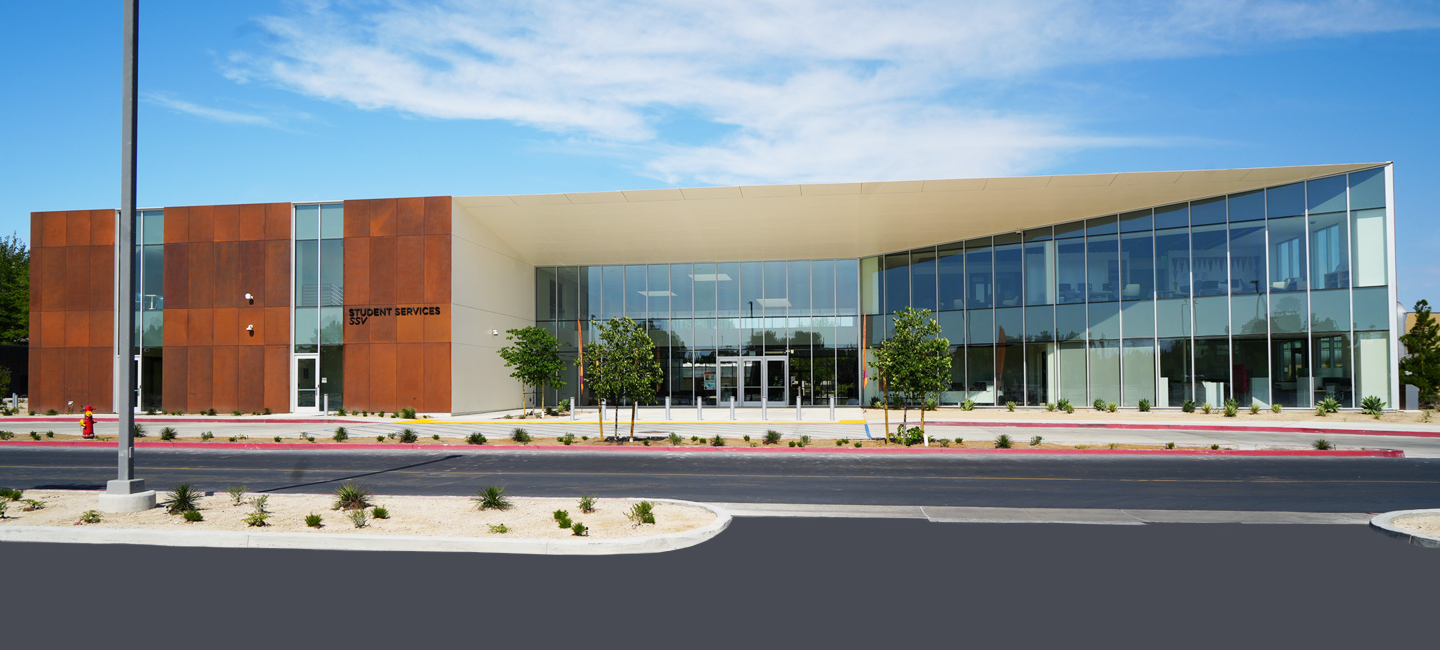
Emergency Drill Information for Faculty & Staff
Antelope Valley College conducts several emergency drills every semester. Drills do not impact all buildings or sites all at once. Please see Emergency Evacuation Maps for the appropriate drill zones.
Emergency Drill Schedule for the 2025 Spring Semester
Evacuation Drill - February 2025
Main Campus - Drill Zones 2 & 5
(DZ 2 = S, FA1-FA4, PA, North & South Athletic Fields, MS 1-4, MC 1-6, T700-701)
(DZ 5 = ME, OF2, TE1, SSV)
1:15PM on Wednesday, February 12, 2025
Evacuation Drill – February 2025
Palmdale Center/Palmdale Technical Center (entire campus)
1:15 PM on Wednesday, February 19, 2025
Lock Down Drill (aka Active Shooter Drill) – March 2025
Main Campus (entire campus)
1:15 PM on Wednesday, March 12, 2025
Evacuation Drill – April 2025
Main Campus – Drill Zones 4 & 7
(DZ 4 = LH, SH, Gym, SA, S1- S9, SR, SBS, AL, T500, T600)
(DZ 7 = UH, UH-001)
1:15 PM on Wednesday, April 9, 2025
Lock Down Drill (aka Active Shooter Drill) – April 2025
FOX Field (entire campus)
1:15 PM on Wednesday, April 16, 2025
Where to Evacuate
Please evacuate to the assembly area for the area in which you find yourself during the drill. This can be determined by looking at the “Area Evacuation Map” posted at numerous locations around campus as well as on-line. The assembly areas are mostly located at the outer perimeters of the parking lots.
Area Evacuation Maps – All AVC Locations
- Lancaster Campus Emergency Map
- Palmdale Center Emergency Map
- Palmdale Technical Center Emergency Map
- Fox Field Emergency Map
Evacuation Drill Reminders
- Do not remain near the building that you just evacuated. Our evacuation assembly areas have been selected for all possible scenarios e.g. burning buildings or buildings with bomb threats.
- Always exit using the nearest exit and make your way to the designated evacuation assembly area.
- Do not lock your office or classroom doors upon exiting because this will impede the progress of the fire department or other first responders in an emergency requiring evacuation.
- Be aware of how to evacuate handicapped persons.
- Do not return to the evacuated building until given the ALL CLEAR by a dean, director, vice president, president, sheriff’s department official or fire department official.
- Sign-up for the Rave Emergency Notification System.
Drill Zones (Lancaster Campus)
- Drill Zone 1 – Administration and Student Center (Bookstore & Cafeteria) Buildings
- Drill Zone 2 – LASD-AVC (Sheriff’s Office), Fine Arts Building, Performing Arts Theatre, North and South Athletic Fields, Marauder Complex, Marauder Stadium, T700, and T701
- Drill Zone 3 – Mesquite Hall, Library, Hub (formerly LC), and T100
- Drill Zone 4 – Lecture Halls, Sage Hall (the Learning Center), Gym, T500, T600, Soar High School (SA, S1-9, SR), Softball Stadium, and Auto Lab
- Drill Zone 5 – Math/Engineering (ME), OF2, Student Services (SSV), and Photo Dark Room (TE1)
- Drill Zone 6 – Yoshida Hall, Child Development Center, CSUB – AV Campus, and T300
- Drill Zone 7 – Uhazy Hall and Health & Sciences Greenhouse (UH001)
- Drill Zone 8 – Facilities Services, Greenhouses, Warehouse, T400, Horticulture Lab, Equipment Building, Enterprise Lab, Discovery Lab, and North Central Plant (NCP).
Employee Responsibility and Expectations
All employees have a responsibility as Disaster Service Workers, per Government Code 3100, for performing certain duties in times of emergency. Please review the Assignment of Duties as it relates to you.
Lock Down Drills
Also known as Active Shooter Drills, occur in the Spring Semester for Lancaster Campus and the Fall Semester for the Palmdale Center. For more information on lock down drills please review the best practices for Lockdown Drills. Also review the video below titled “SURVIVING AN ACTIVE SHOOTER” from the LA County Sheriff.
